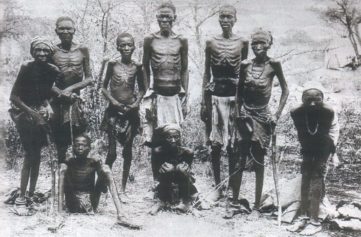
Neighboring countries in the region have taken measures to prevent the spread by restricting travel to and from the affected areas of Guinea, Sierra Leone, and Liberia.
The Gambian Transport Ministry has notified airlines that they cannot fly into the airport there with passengers from the countries where there have been suspected cases.
Senegal, which is just north of Guinea and west of Mali, has also shut down part of its border and Ivory Coast has barred buses from Liberia and Guinea.
There have been many outbreaks of Ebola, which has killed over 1,600 people since 1976, but rarely has the virus made it out of the remote forests of Africa. This current outbreak is affecting people who live in urban areas. The airport at Conakry, the capital of Guinea, has instituted health checks for departing passengers.
Symptoms of Ebola typically include weakness, fever, aches, diarrhea, vomiting and stomach pain. Patients may also experience rashes, red eyes, chest pain, throat soreness, difficulty breathing or swallowing and bleeding (including internal). These symptoms appear eight to 10 days after exposure when the patient is contagious, putting family members and healthcare workers at highest risk.
There is no known vaccine, treatment or cure. Medical authorities can only try to manage the symptoms.
“It’s probably one of the more complicated outbreaks because it is occurring in a very densely-populated urban area, unlike previous outbreaks,” said to Dr. Tim Jagatic from Medecins Sans Frontieres from a phone in Conkary, a city with 2 million residents.
There is no concern for now that the epidemic will expand globally, as it is spread through direct exposure with infected body fluids.
S.C. Rhyne is a blogger and novelist in New York City. Follow the author on Twitter @ReporterandGirl, http://Facebook.com/TheReporterandTheGirl and visit her website at http://www.SCRhyne.com


